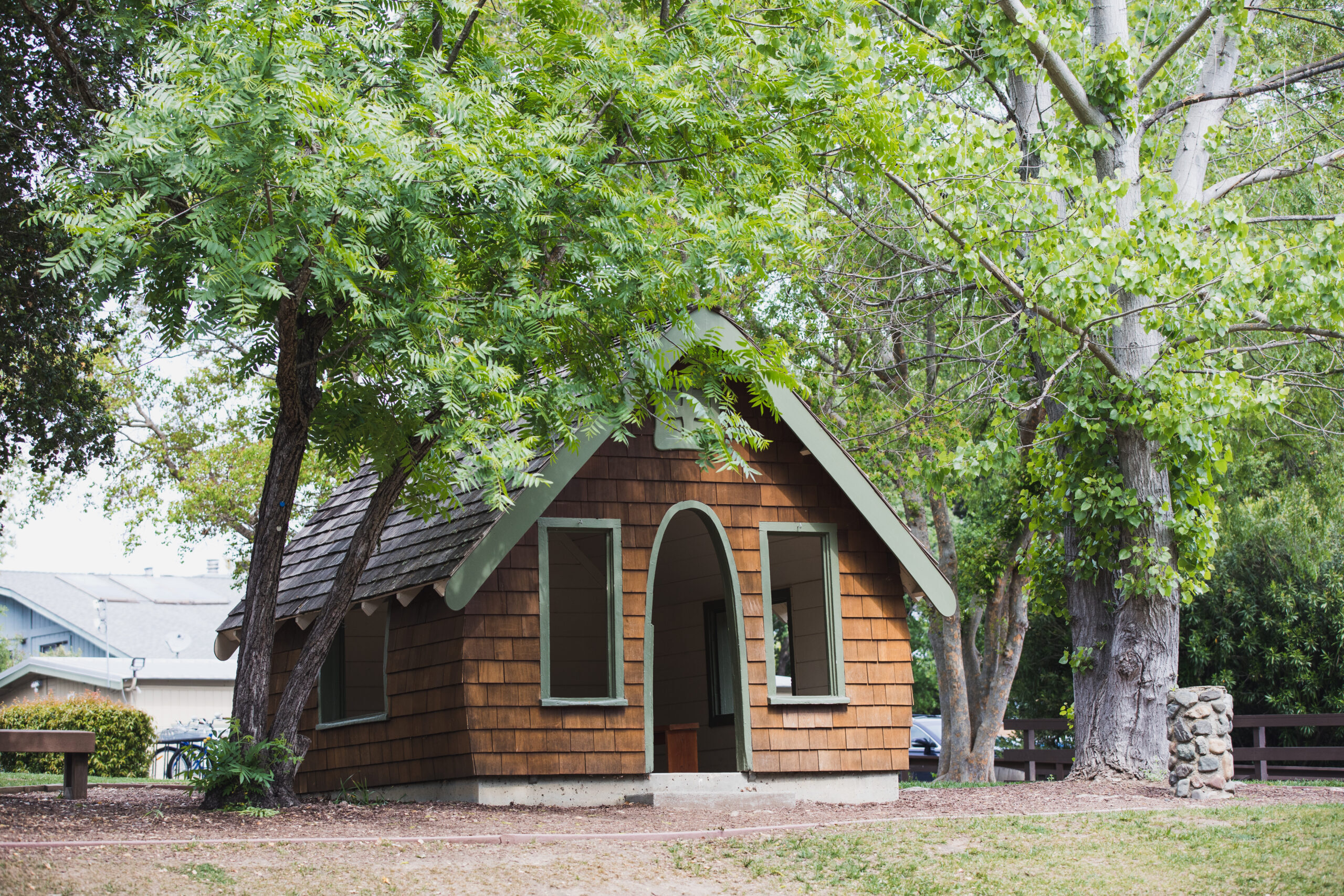There is a growing conversation in the world of education about how to measure non-cognitive skills like creativity, collaboration, and resilience. The movement reflects the recognition by educators and employers alike that successful adults are not simply those who earn the highest grades or score well on traditional tests like the SAT. While doing well in school is certainly important, people are realizing that traditional metrics only capture a small component of what a person needs to reach their potential both in school and in life.
All of us know people who earned high SAT scores and top grades, but who struggle mightily in the work environment because they do not have the problem-solving skills, the emotional intelligence, or the flexibility to succeed when faced with unexpected challenges or situations. On the other end, we also know people who, for a variety of reasons, struggled mightily in school, but through perseverance and grit made it through to the other side. In the process, they gained invaluable life skills that serve them extraordinarily well as adults.
One of the challenges for schools in trying to teach these so-called “soft skills” is that they are difficult to measure. It is hard to quantify or capture how effectively children are learning the skills being taught. Recently, there have been several new assessments that are being offered to schools that may open up a new avenue for exploring the teaching of these skills.
One of these is the College Work Readiness Assessment (CWRA). Created a little more than ten years ago as an assessment for college and high school students, the CWRA uses performance-based assessments to measure “critical thinking, analysis and problem solving, scientific and quantitative reasoning, writing, critical reading and evaluation, writing effectiveness and mechanics and the ability to critique and construct arguments.” As they note in their materials, the CWRA is not a multiple choice test but a test that requires students to perform. An example of a performance-based assessment might be having a student analyze materials from a political campaign and then having them discuss the merits of particular claims. In an interesting development for Hillbrook and other elementary schools, the CWRA will be launching a Middle School version of the test next year.
Another new entrant to this field is the Mission Skills Assessment (MSA). Created by a collaboration between a coalition of independent schools and Educational Testing Services, the MSA assesses the relative strength of six different character traits—teamwork, creativity, ethics, resilience, curiosity, and time management. The test is intended, at this point, as a tool to help schools assess their success in teaching these skills, rather than as a means of focusing on the performance of individual students. As of now, the test is only available to schools within the coalition but we are keeping a close eye on it and are eager to pilot the test as soon as it becomes more widely available.
I mention all of this as it was one of the first things I thought of after reading Thomas Friedman’s recent article in the New York Times, “How to Get a Job at Google.” In the article, Friedman described a conversation he had with Laszlo Bock, senior vice president of people operations at Google. In the conversation, Bock shared the five attributes that he said are most important when hiring people into the company—learning ability, emergent leadership, humility, ownership, and expertise (with expertise being the least important of the five, according to Bock). Taken together, these qualities make a strong case for the importance of so-called “soft skills,” and highlight the need for all schools—including Hillbrook—to ensure that we intentionally and thoughtfully teach these skills as part of our program.
Tonight a major part of the auction will be the fund-a-need, a moment when we ask families to raise a paddle to support an initiative that we believe will catalyze positive change at the school. Tonight’s fund-a-need is for learning spaces, an initiative that started a little over three years ago when we transformed the former computer lab into the iLab and has grown to include several classrooms around the campus this year. At the heart of this effort is a recognition that students are more engaged in their education when given voice and choice in the design of their learning environment. What’s more, we understand that these flexible learning spaces are more conducive to the type of learning—problem-based, hands-on, interactive—that nurtures the type of skills that people like Bock at Google are discussing. As the President of the National Association of Independent Schools John Chubb noted in his recent article when talking about what we are creating at Hillbrook, “Fully realized, this is the vision that educators are pursuing for classrooms of the future.”
I ask you to raise your paddle in order to allow us to continue our efforts to redesign the classroom environment, to create classrooms that enhance learning and enable our students to take full advantage of the extraordinary educational experience we strive to offer each and every day. Raise your paddle to support an education that balances challenging academics with the development of the skills—creativity, resilience, critical thinking, teamwork—that will ensure our children’s success in school and in life. Raise your paddle to lay the foundation to help your children be the creators, innovators, designers, and leaders of tomorrow.
